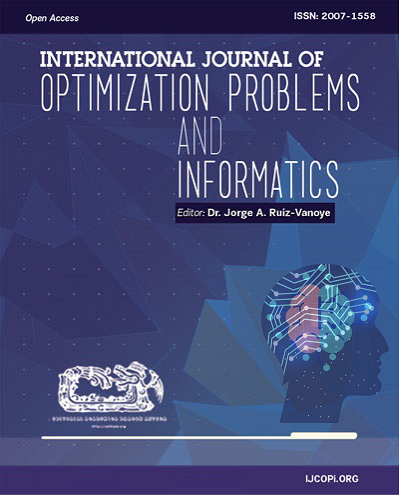Lane Detection Using Computer Vision and Convolutional Neural Networks for Autonomous Vehicles
DOI:
https://doi.org/10.61467/2007.1558.2025.v16i3.594Keywords:
lane detection, computer visionAbstract
This article presents an analysis of computer vision algorithms for Lane Maintenance Assistants (LMA), comparing traditional methods with Convolutional Neural Networks (CNNs). The objective is to evaluate their effectiveness under diverse driving conditions using recognized databases and testing in both real and simulated environments. A proprietary database containing scenarios from the state of Morelos was also used. Experiments covered adverse conditions, such as rain (light, moderate, heavy), solar glare, road shadows, curves, and night driving with/without artificial lighting. Fog simulations included uniform, heterogeneous, cloudy, and combined types. Results showed traditional methods perform well in normal conditions but struggle in complex scenarios like heavy rain, sharp curves, and poor lighting. CNN-based algorithms like SCNN and VGG16 demonstrated greater adaptability and accuracy in challenging environments, outperforming traditional methods. This study highlights the advantages of deep learning in improving road safety under adverse conditions.
Downloads
Published
How to Cite
Issue
Section
License
Copyright (c) 2025 International Journal of Combinatorial Optimization Problems and Informatics

This work is licensed under a Creative Commons Attribution-NonCommercial-NoDerivatives 4.0 International License.





